When cats sweat, they don’t do it through their armpits – or, lo and behold, the parts that connect their front and back legs to their body – but through their paws.
Read through the rest of this blog post to find why cats sweat through their paws and what sort of advantages cats get from this evolutionary spandrel.
Do Cats Sweat Through Their Paws?
The short answer is yes! We repeat, this is not a myth – cats do sweat through their paws.
Why Do Cats Get Sweaty Paws?
The short answer is this: cats sweat only through the paws because they do not have sweat glands on other parts of the body.
Cats tolerate heat much better than dogs. But, they also do not have sweat glands that cover the human body and allow us to sweat more easily.
Sweat glands in cats are found only on their paws. When a cat “overheats” (or gets scared), it emits sweat over its paws. Sweating is often accompanied by panting and licking the fur. Panting, especially in cats, can be very dangerous, as it is a sign of a very high temperature.
If you notice that your pet is breathing in the heat, be sure to take steps to keep him cool. Some recommend shortening the animal’s hair, which I personally would never resort to, while constantly wetting your hands and petting your pet is a safer and easier way to cool it down.
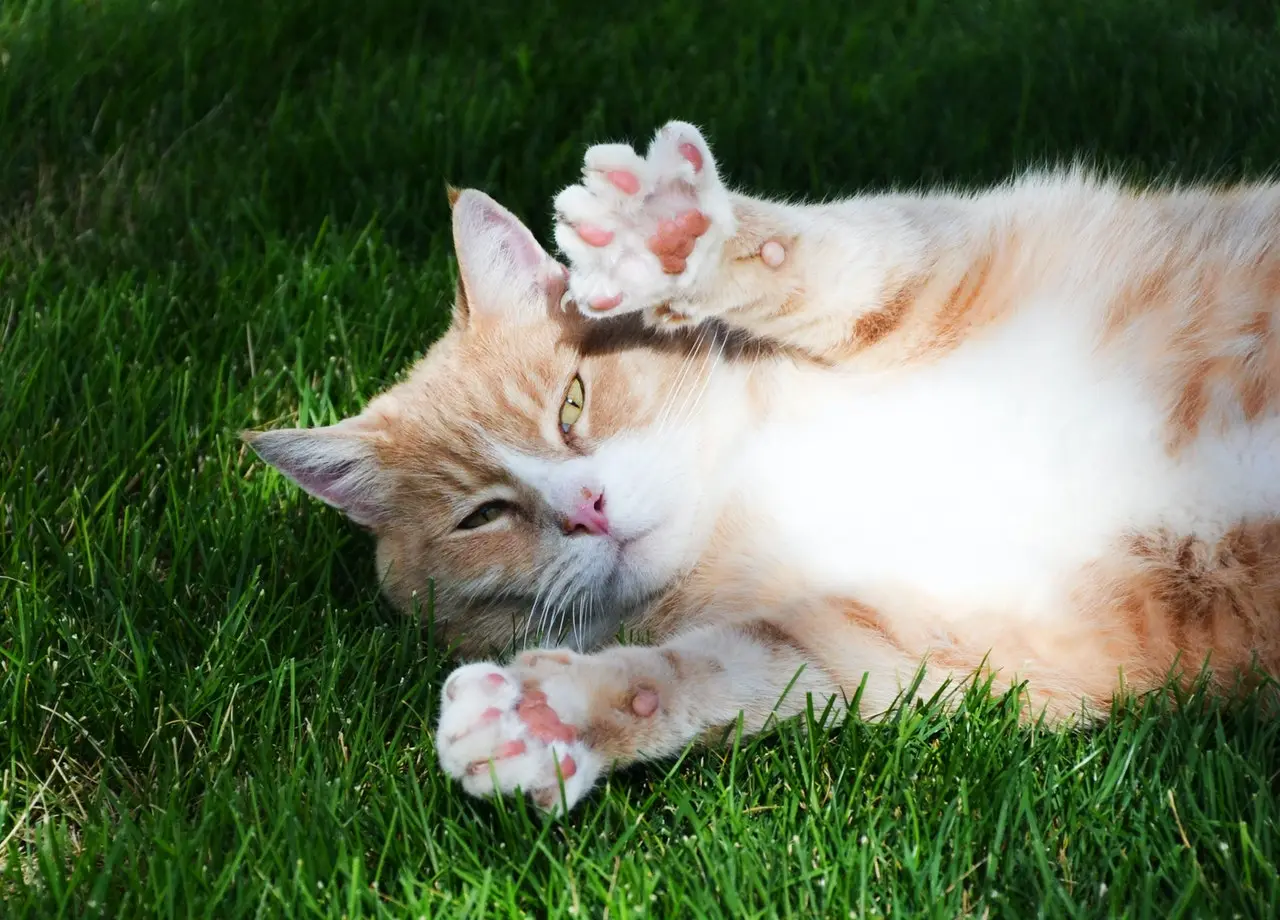
How Do I Prevent My Cat From Having Sweaty Paws?
Cats sweat through their paws as an important part of their temperature-regulation system. Stopping it would be harmful to the cat’s health.
To confirm that your cat does indeed feel overheated, try our test and – touch its ears. Do they feel much warmer than the body? Hot ears means the cat feels hot and is getting rid of some of the surplus heat.
As with humans, sweat can be a stress reaction to a fearful experience. Therefore, making sure your cat is feeling safe and happy living where she is, and that place is at an optimal location/temperature, will help lessen the sweat that may be produced naturally through cat’s paws.
Making sure the cat eats and drinks enough water will help the cat’s natural biosystem to use and focus its energy internally, and not waste any.
Why Do Cats Have Wet Spots On Their Paws?
During extremely hot weather, you might notice your cat leaving casual traces of tiny wet paw prints as he casually crawls. This is cat sweating in full swing.
And while cat sweating usually occurs when the temperature rises, it can also occur as a bodily reaction to moments of great anxiety or great stress.
This is why when your cat visits the vet and becomes nervous or scared, it may leave small wet spots on the examination table. These are not urine stains – they are drops of sweat.
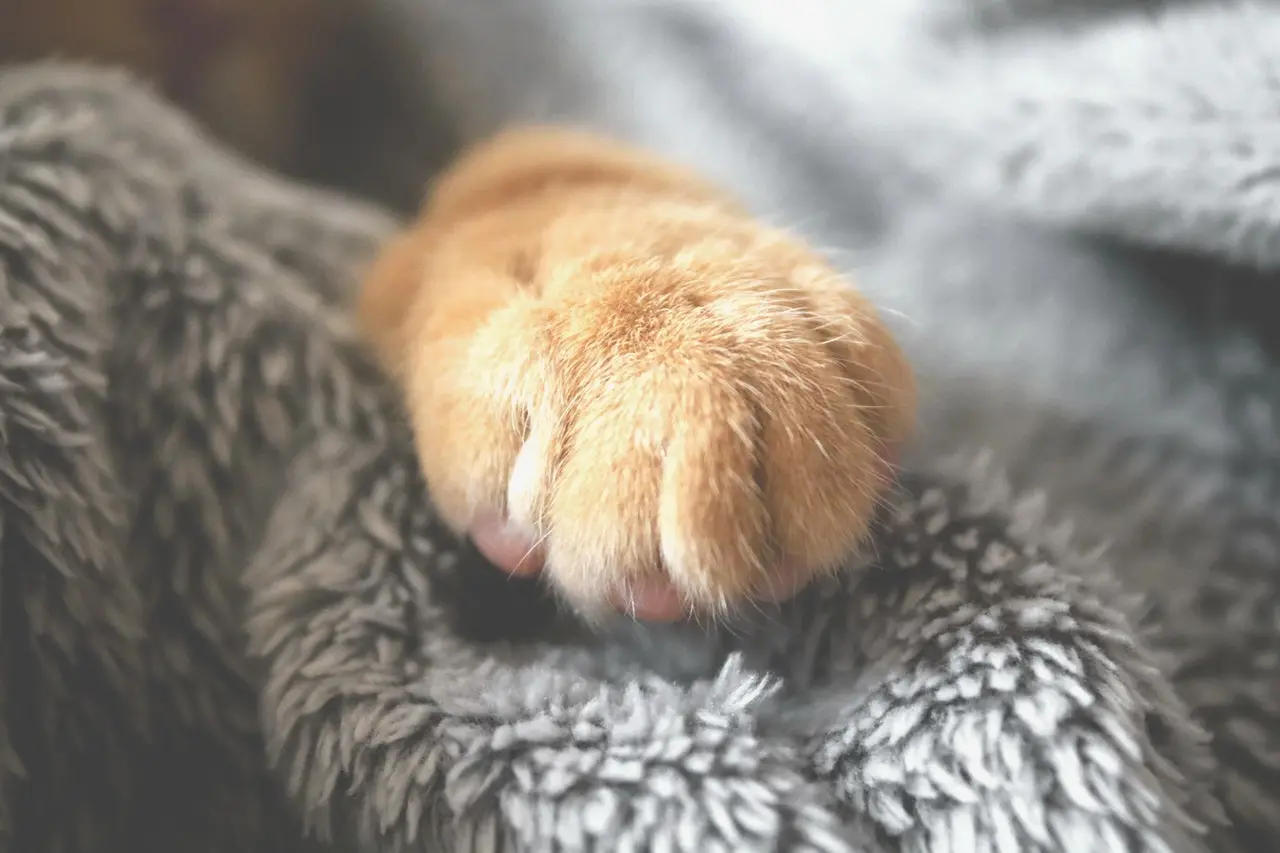
Why Do My Cat Have Stinking Paws?
It is known that cat smell is extremely important. Thanks to smell, cats are able to find a partner for mating, hunting and receiving information. It is also an organ of communication. The main task of the sense of smell is to inform the cat for a lightning response: with help, it reveals what the smells are – a threat of either discomfort or, conversely, pleasure.
Cats sweat through their paws as one of the main ways to emit a type of smell which will help them orient themselves in the environment, delimit the territory, etc.
Traces of memories of different aromas are never erased or hardened in the brain of cats, but are permanently fixed in the center of long-term memory, as in a fur coat of scent.
While the aroma is seductive and attractive to other cats, it can be repulsive to people. Aside from the neutral scent, which one doesn’t remember, it can be incredibly important for your favorite pets.
Therefore, the aspirations of sorts in the form of nibbling, sucking on shoes, socks, shirts and armpits and rubbing around them can seem wonderful to owners.
But in fact it is a completely ordinary and common phenomenon. Some cats like the smell of only their owners, while others are interested in each guest. And pets often feel the true bliss of those flavors.
Composition Of Cat’s Foot Pad Eccrine Sweat Glands
For curious minds, recent research has concluded interesting information about the composition of cat’s eccrine sweat glands, which is summarized below:
- Cat’s pad sweat contains lactate
- Glucose is almost absent
- Sodium and chloride concentrations increased with increasing sweat rate
- Sodium, chloride, and potassium concentrations are much higher than in human sweat;
- The level of potassium decreased with an increasing rate of sweat
To learn more about the composition of your cat’s sweat emitted through the glands on its paws, click on this link.
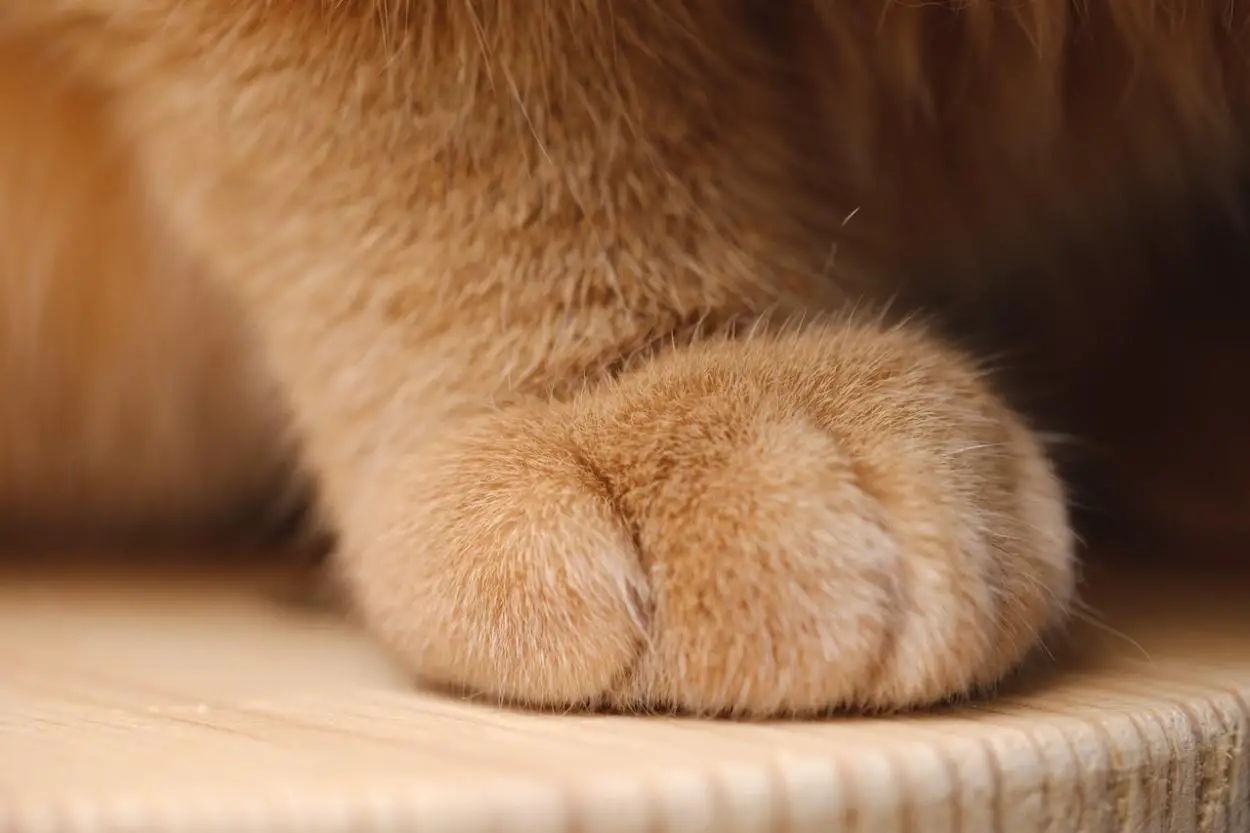
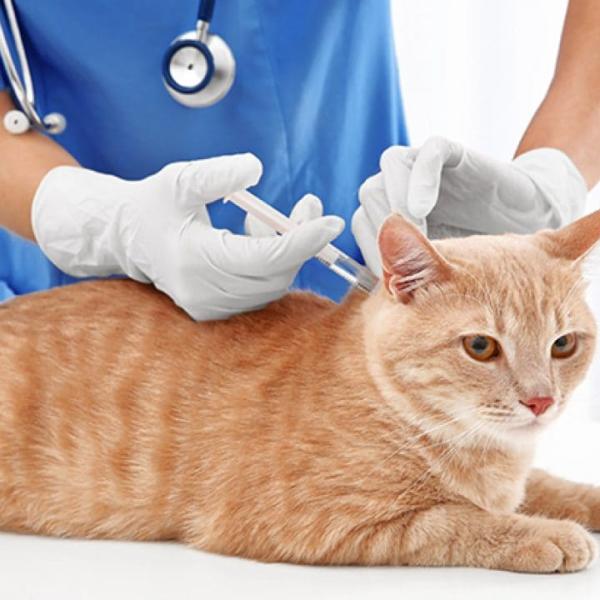
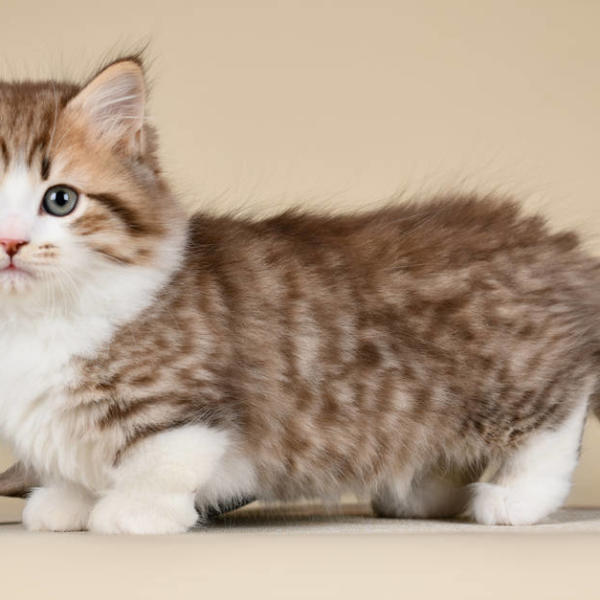
Leave a Comment